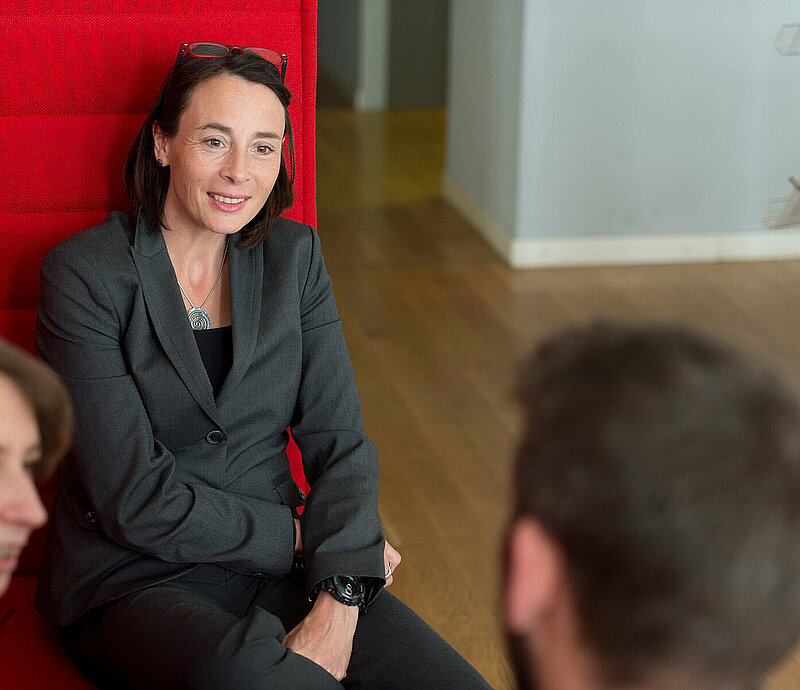
German government’s Scientific Advisory Board for Family Affairs presents report on status of refugee families.
Berlin, 11 November 2019 – While migration to Germany since 2015 has been dominated by young and unaccompanied men, the number of women coming to the country, mainly with their partners and children, has also increased. This is one of the main findings of an expert report on the family situation of refugees, which was submitted by the Scientific Advisory Board for Family Affairs to the German Ministry of Family Affairs. The report, “Refugee Families: Current Facts on Family Structure, Labour Market Participation and Wellbeing” presents the latest representative data on the number of children, family forms and the refugee background of persons who came to Germany from Syria, Afghanistan, Iraq and Eritrea between 2015 and 2017.
The majority of refugees living with a partner have children that are still relatively young. In around two thirds of the families with children, the youngest child is under 6 years of age (see graph below).
“The data shows that policymakers have a wide range of opportunities for intervention, for example when it comes to children learning the German language at an early stage,” says Katharina Spieß, researcher at the German Institute for Economic Research (DIW) and co-author of the study. “Children’s day care centres also play a crucial role if women want to take part in advanced trainings or take up employment.”
The study revealed the employment rate of women refugees to be conspicuously low. On average, only two percent of the women who came to Germany between 2015 and 2017 said they were employed. In addition to the obstacles faced by all refugees seeking employment, different cultural values regarding employment as well as the role of women in society or in a relationship are a factor. Furthermore, language barriers and a lack of education also count as reasons for the low employment rate of women refugees.
“Due to the low employment rate, women often lack the opportunity to integrate into society through labour participation. In these cases, the childcare system as well as the educational support system can become an important intersection to reach mothers with a refugee background,” says Michaela Kreyenfeld, Professor of Sociology at the Hertie School and co-author of the report.
Most women refugees live with their partners. Around 15 percent are single mothers. Some women only gave birth to their children after leaving their home country, some were victims of rape. The authors assume that the group of single mothers is exposed to a wide range of social risks and psychological stress situations.
Source: Microcensus 2017; population of the immigration years 2015 to 2017 of people from Syria, Afghanistan, Iraq, Eritrea, ages 18 to 65, N=2795, own calculation.
You can find the report “Refugee Families: Current Facts on Family Structure, Labour Participation and Wellbeing” here (in German). It was authored by Martin Bujard, Claudia Diehl, Michaela Kreyenfeld and C. Katharina Spieß as well as the Scientific Advisory Board for Family Affairs at the Federal Ministry of Family Affairs, Senior Citizens, Women and Youth. The results of the report are based on the 2017 Microcensus and the IAB-BAMF-SOEP Survey of Refugees 2016/2017.
